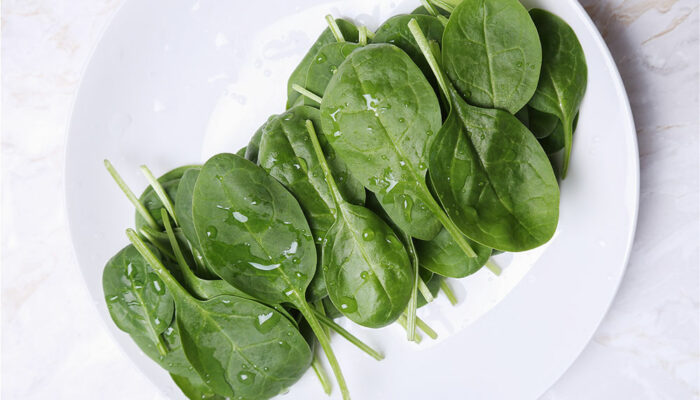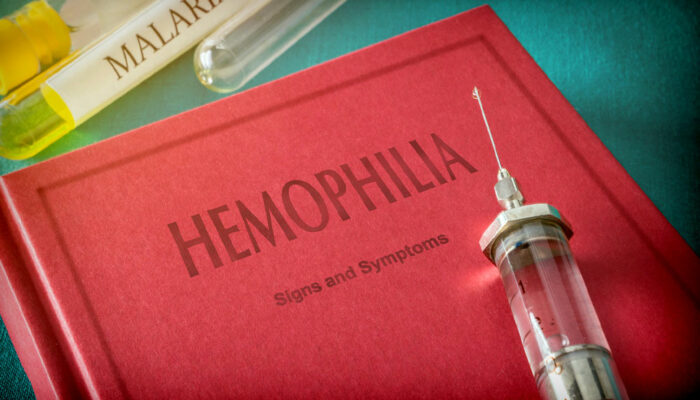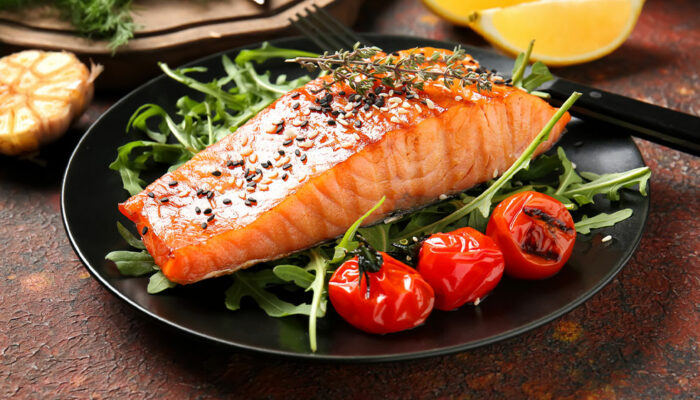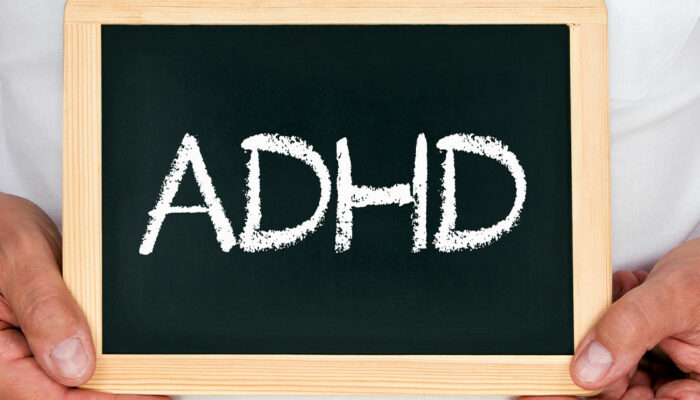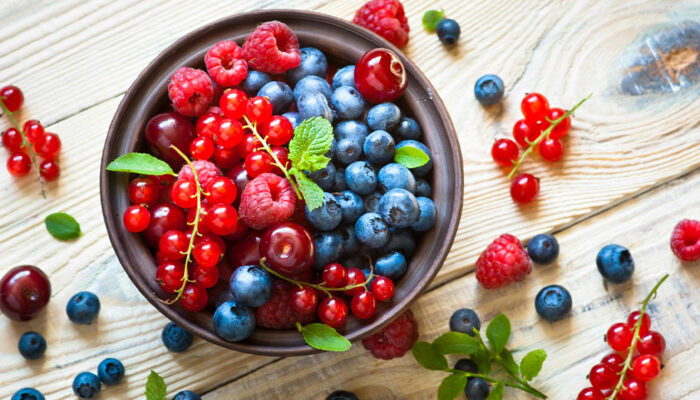
health
4 common signs of schizophrenia
Schizophrenia is a disorder that can significantly affect physical and mental well-being. The condition can influence how one thinks, feels, and behaves, making it difficult for one to carry out day-to-day tasks. If left untreated, the disorder can affect an individual’s personal, professional, and social relationships. So, it is important to learn about and recognize the early signs of schizophrenia and seek timely diagnosis and appropriate treatment for the disorder. Lack of emotional expression Also known as “flat affect”, lack of emotional and facial expression is a sign often associated with schizophrenia. Here, one may not have appropriate emotional expressions for the circumstances. For instance, one can continue to have an expressionless face even when they feel happy. This can often lead to miscommunication and misunderstanding. To address this symptom, one can consider opting for social skills training or cognitive behavioral therapy. Here, one works with a therapist to improve communication and keep up with their daily routine. Hallucinations One of the most common signs of schizophrenia is hallucinations, which involve hearing and seeing things that do not exist in reality. For someone dealing with the disorder, these hallucinations can appear completely normal and feel like a realistic experience. This can make it difficult for one to differentiate hallucinations from reality.
Read More 
